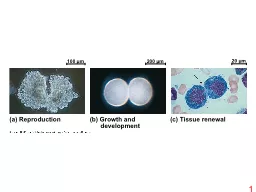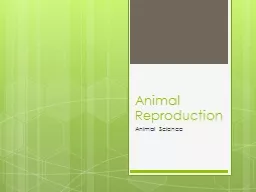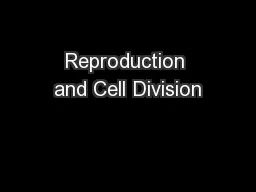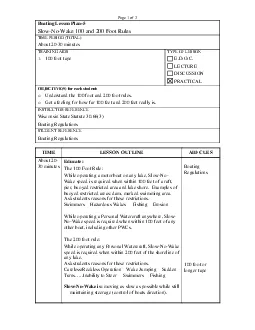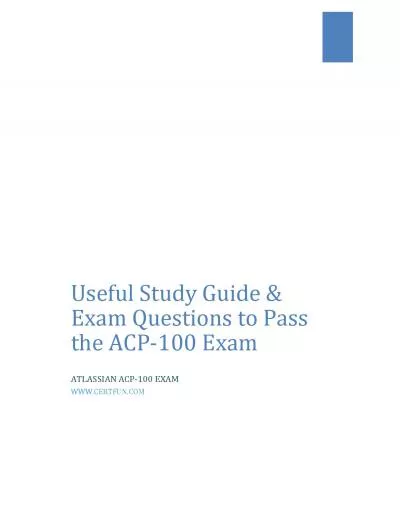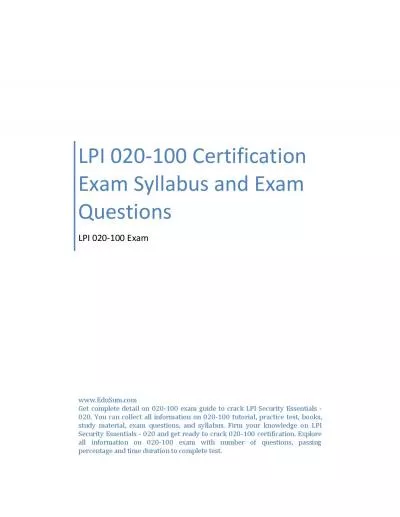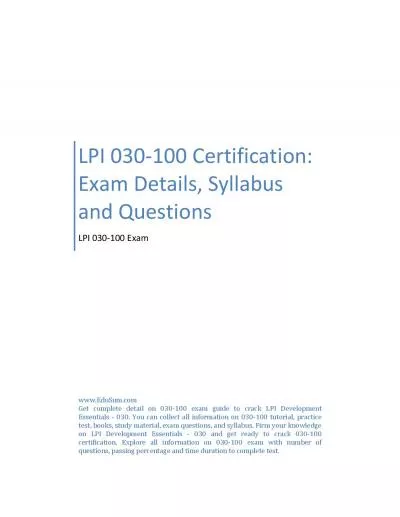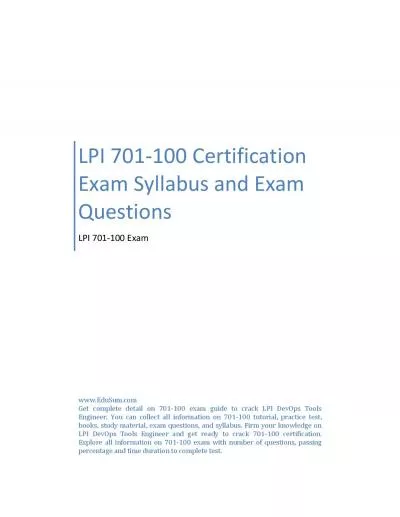PPT-100 µm 200 µm 20 µm (a) Reproduction
Author : medmacr | Published Date : 2020-06-23
b Growth and development c Tissue renewal 1 20 µm 2 05 µm Chromosomes Chromosome duplication including DNA synthesis Chromo some arm Centromere Sister chromatids
Presentation Embed Code
Download Presentation
Download Presentation The PPT/PDF document "100 µm 200 µm 20 µm (a) Reproduction" is the property of its rightful owner. Permission is granted to download and print the materials on this website for personal, non-commercial use only, and to display it on your personal computer provided you do not modify the materials and that you retain all copyright notices contained in the materials. By downloading content from our website, you accept the terms of this agreement.
100 µm 200 µm 20 µm (a) Reproduction: Transcript
Download Rules Of Document
"100 µm 200 µm 20 µm (a) Reproduction"The content belongs to its owner. You may download and print it for personal use, without modification, and keep all copyright notices. By downloading, you agree to these terms.
Related Documents

